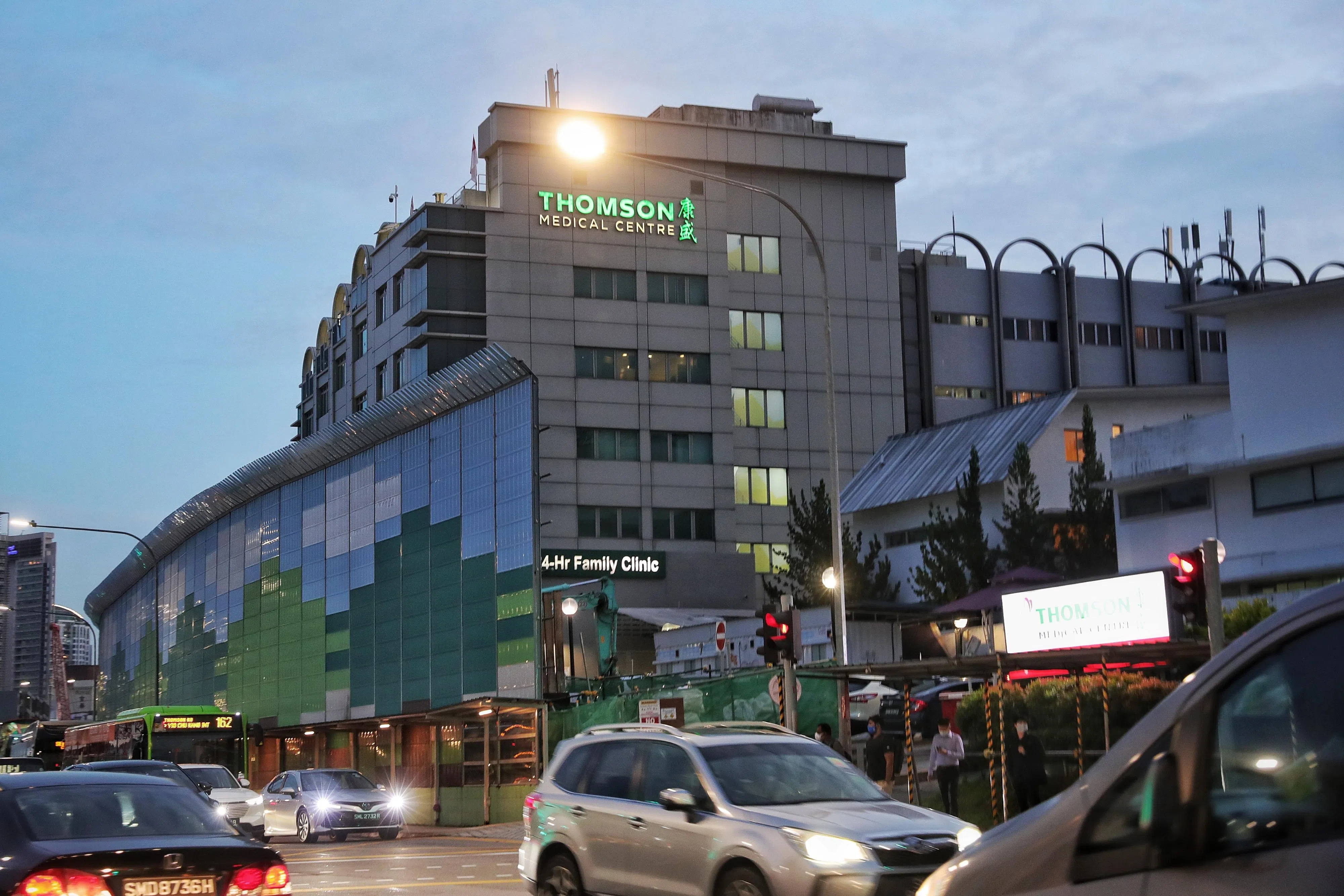HEALTHCARE provider Thomson Medical posted a net profit of S$13.4 million for the second half of its 2024 fiscal year ending Jun 30, a 2.5 per cent dip from the same period a year ago.
Revenue for the half-year period increased 6.6 per cent to S$183 million, mainly due to revenue contribution from Far East Medical Vietnam, which was acquired by the group at the end of last year.
Earnings per share came in at 0.051 Singapore cents, down from 0.052 cents a year ago.
The increase in revenue was partially offset by the termination of some project-related services in December last year, such as the management of vaccination centres and transitional care facilities in Singapore.
This was in addition to lower contributions resulting from lower patient loads and case intensity, termination of certain customer contracts as well as discounts given to customers in Malaysia, said Thomson Medical in its earnings results released via a bourse filing on Monday (Aug 26).
Other income jumped over 700 per cent from the previous corresponding period to S$28.5 million, due to the reversal of impairment losses on investment property and development property that were recognised previously.
BT in your inbox
Start and end each day with the latest news stories and analyses delivered straight to your inbox.
Other operating expenses came in 4 per cent higher at S$40.5 million during H2 FY2024. The increase was mainly due to the recognition of operating expenses incurred by Far East Medical Vietnam following the acquisition.
Staff costs also increased, mainly attributable to the increase in headcount in Malaysia resulting from the increased operating capacity at Thomson Hospital Kota Damansara, as well as the recognition of staff costs at its Vietnam business.
For the full year, net profit declined by 57.8 per cent to S$15.4 million, while revenue slid 1.3 per cent to S$351.2 million compared with FY2023.
Earnings per share for FY2024 stood at 0.058 Singapore cents, compared with 0.138 cents a year ago.
Thomson Medical said in its latest earnings that the healthcare sector remains resilient as a result of demographic shifts and evolving needs, even though the overall economic outlook is facing volatility due to rising costs, unemployment risks and recession concerns.
Singapore faces increasing competition from Malaysia and Thailand and will focus on complex procedures to attract developed-market patients. Malaysia’s healthcare spending is set to grow rapidly with RM41.2 billion (S$12.3 billion) allocated to the sector in the country’s 2024 national budget, while Vietnam’s spending is projected to reach US$23.3 billion by 2025 and US$33.8 billion by 2030 due to demographic changes and rising demand for long-term care.
“The group is well-positioned to leverage these opportunities and become a leading regional player in Asean,” read its earnings update. “It is expanding its doctor network, enhancing digital patient engagement, and focusing on human capital development, alongside cross-learning and sharing clinical expertise across its markets. The group will also reinforce its leadership in fertility (treatments) and deepen its oncology expertise by establishing specialised centres of excellence.”
Thomson Medical said that it has spent the past few years making long-term investments to expand its Singapore offering and increase its capacity in Malaysia. It added that the company is “poised to drive synergies across its South-east Asia footprint and grow as a regional healthcare player” with the acquisition of Far East Medical Vietnam completed.
Shares of Thomson Medical closed flat at S$0.05 on Monday.







